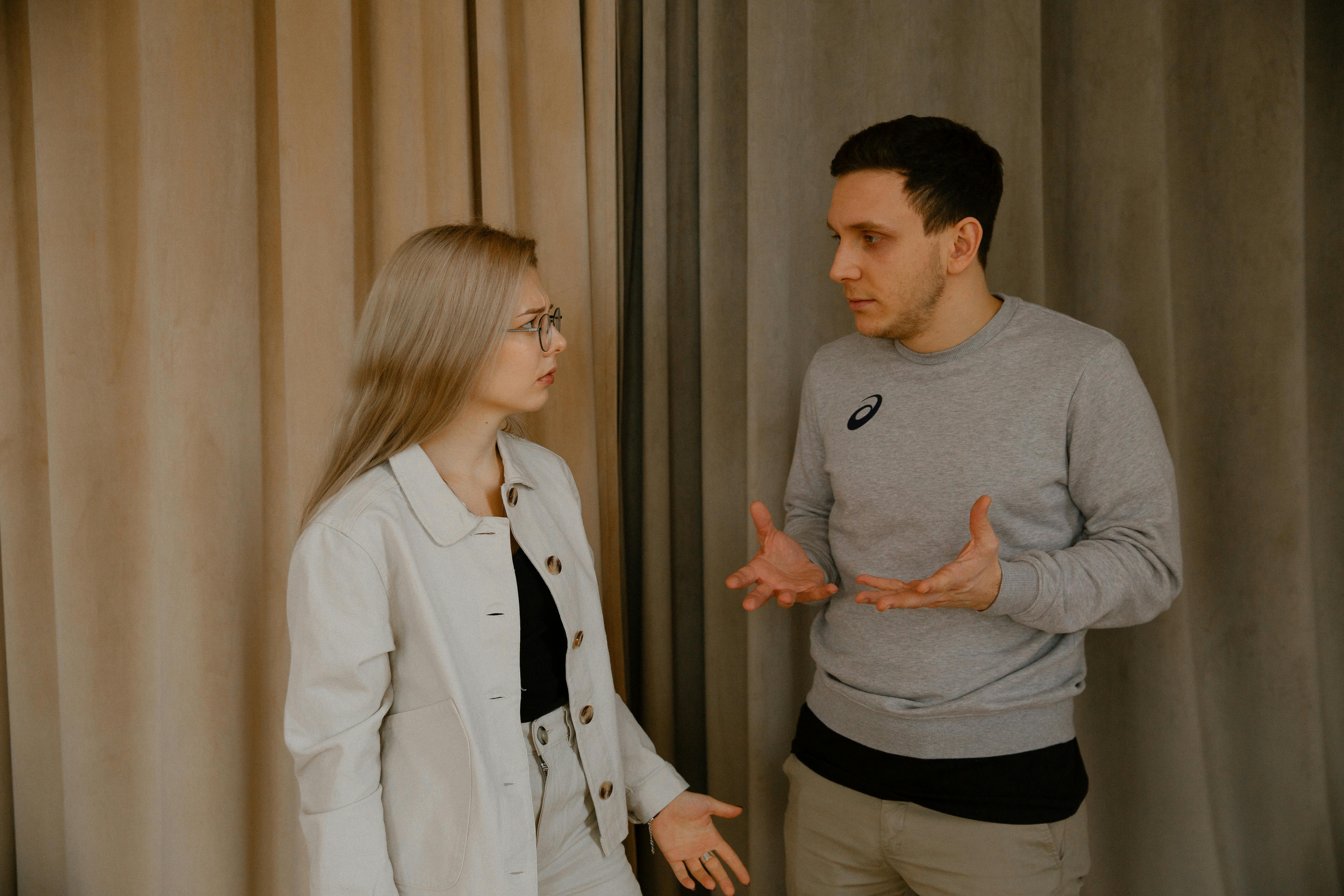
The inner child: a guardian of your serenity
Session-Inner Child…Success…Game
The phone rings. You are a client enrolled in my 90-day program and are calling for your weekly session. I greet her and ask how her week has been.
With slight agitation, she replies, “Not very well!” I’ve had this lead all week. I can’t relax Feeling serene is a joke. I feel this rebellion inside, a part of me is kicking and screaming.”
“Have you asked her why she’s angry?”
“She won’t talk to me! She wants nothing to do with me or this show. She sees no benefit in it!”
Typically, I encourage her to tune into this part of herself and listen to what she has to say.
She pauses, takes a deep breath, and begins to speak from this voice inside her with the sarcasm only a teenager can display. “I don’t like this show. So what is this? You get healthy and spiritual and then you sit around all day and do what: talk to God! That sounds great! Where’s the fun in that? I’m bored I want to have some fun! I want to go eat a piece of chocolate cake! I’m sick and tired of working out and eating all these stupid vegetables! Where’s the sugar? Where’s the wheat? Where’s the wheat? meat?
Many relate to this voice. There’s something exciting about pushing that limit and then laughing at how ridiculous it is! Fun and relaxation are associated with doing something “bad.” But when do these activities become destructive?
The answer is simple. We act excessively and destructively when we are out of balance and our inner child seeks to restore balance through the relaxation of play. Is the challenge to heed the signs of her distress call and invite our inner child to play in a way that nurtures our whole being?
So how can we accomplish this feat? First, it is helpful to expand the concept of the inner child to one that recognizes that we have more than one child within. The kind of fun and relaxation your inner teenager wants to have and the definition of being relaxed as seen through the eyes of your younger self is quite different.
We all have that divine, innocent, carefree part of us that experiences joy simply when allowed to remain in a state of wonder. This inner child is forever trapped in that state of wonder that can only come from a complete abandonment of worrying about the past or relentless planning for the future. He or she finds fun in action…running, jumping, exploring! The childish self can find pleasure in the simple art of exploration. The inner toddler basks in the glory of a newly mastered physical feat, while your three to six year old inner child experiences delight when given the freedom to follow strings of curiosity and discover anything new and previously undiscovered. .
Your six to twelve year old, on the other hand, will feel nurtured when play and relaxation involve others. They year for social activity. They may feel excited when they play on a softball team, a bowling league, or participate in a group project. This inner adolescent also participates in social activities, but often within the context of self-definition. Their fun involves any activity that allows them to pursue their individuality, whether it’s sports, shopping at the mall, or joining a book club. All of the above are signs of having integrated your inner child and your game into your life in a vital and viable way. They maintain balance and support integration.
The disgruntled inner child takes center stage to show us when we are out of balance. If you find yourself wanting to rebel and go out and have fun in a way that will have consequences you don’t want to incur, I suggest you pause for a moment. Take a deep breath and examine what parts of your life are out of balance. Tune in and engage your inner child in a conversation. Regardless of age, invite him to tell the truth about himself. This simple dialogue will give your adult self the information it needs to realign itself.
Your inner child does not envy that you have to work; his search for health or even his spiritual path. He or she simply wants to be invited into your life. Get out of your head and take the time to notice, observe everything around you! This is “conscious living” and when you engage in “conscious living” you engage your inner children in healthy play.